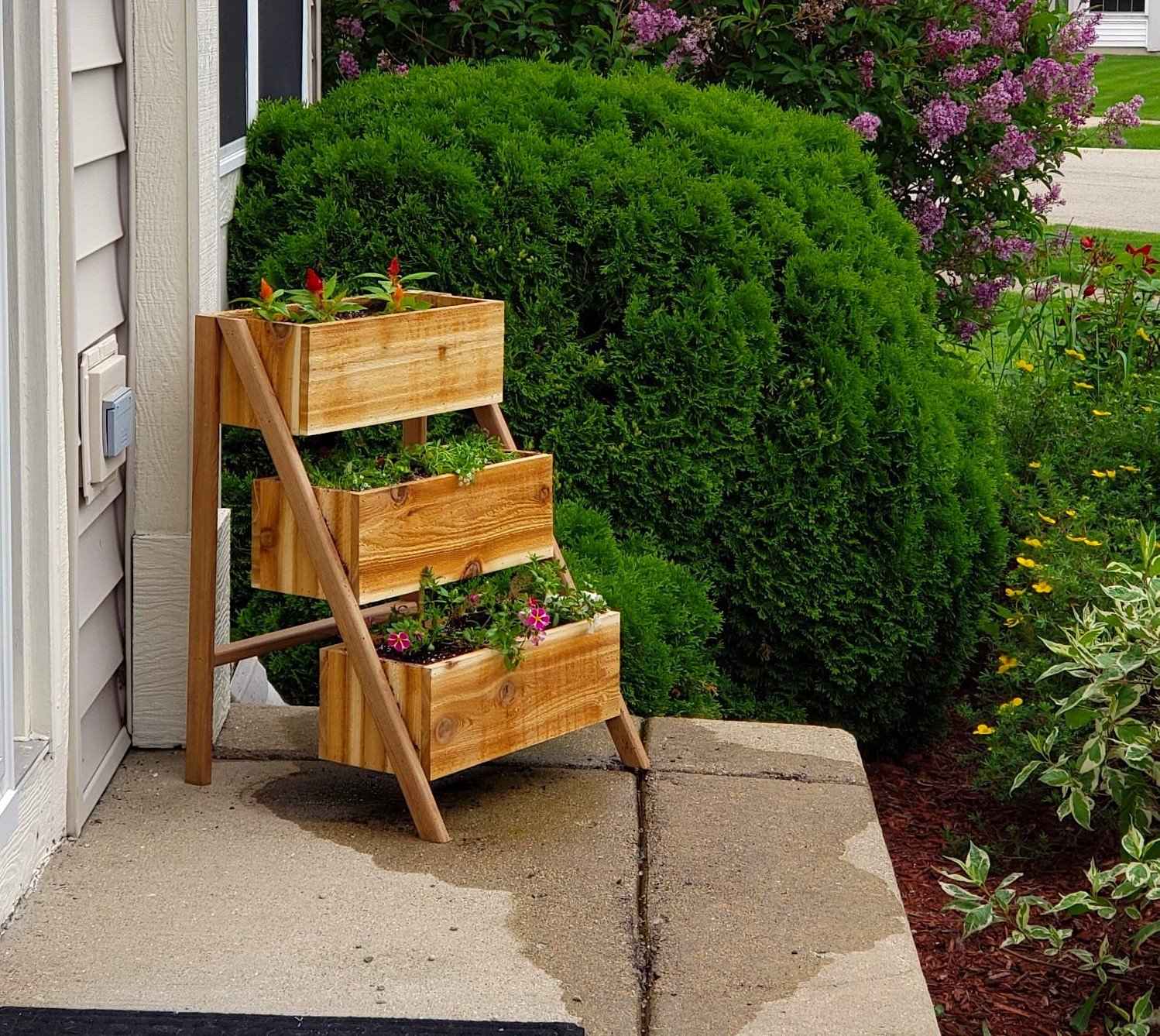
Make your own vertical tiered planter for flowers or herbs using cedar fence pickets! Free plans from www.Ana-White.com
Pin for Later!
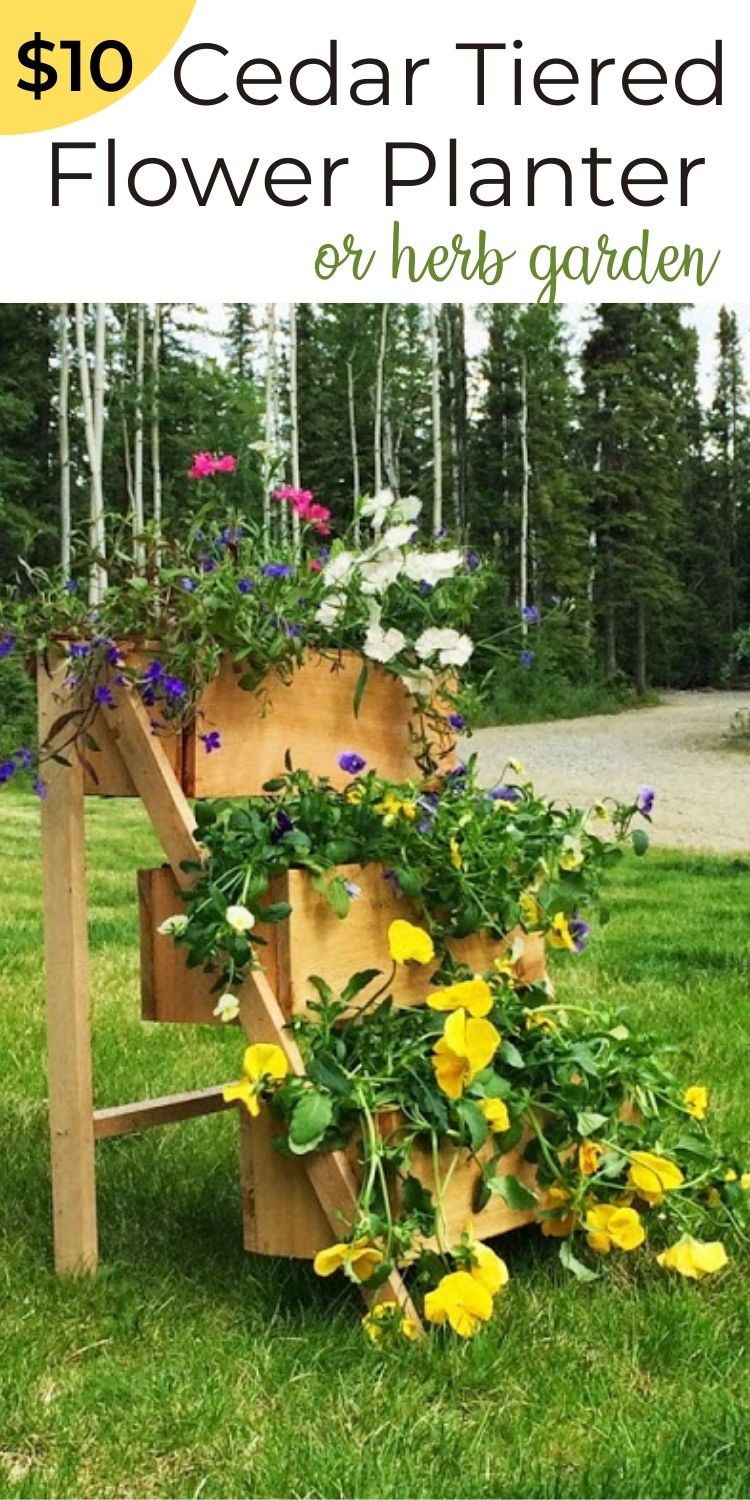
Dimensions

Dimensions shown above
Preparation
Shopping List
- 3 - 5-1/2" wide cedar fence pickets
- 2 - 1x2 @ 8 feet long
- I used 1-1/4" galvanized staples to attach but you could also use screws or brad nails in the same length, exterior appropriate
Cut List
- 3 - 5 1/2" cedar fence picket @ 15"
- 6 - 5 1/2" cedar fence picket @ 5 1/2"
- 6 - 5 1/2" cedar fence picket @ 16" (cut last to fit)
- 2 - 1x2 @ 24"
- 1 - 1x2 @ 16"
- 2 - 1x2 @ 27 3/4" - both ends cut at 30 degree angle, ends ARE parallel, short point to long point measurement
General Instructions
Please read through the entire plan and all comments before beginning this project. It is also advisable to review the Getting Started Section. Take all necessary precautions to build safely and smartly. Work on a clean level surface, free of imperfections or debris. Always use straight boards. Check for square after each step. Always predrill holes before attaching with screws. Use glue with finish nails for a stronger hold. Wipe excess glue off bare wood for stained projects, as dried glue will not take stain. Be safe, have fun, and ask for help if you need it. Good luck!
Instructions
Step 1
Step 4
Finishing Instructions
Preparation Instructions
Fill all holes with wood filler and let dry. Apply additional coats of wood filler as needed. When wood filler is completely dry, sand the project in the direction of the wood grain with 120 grit sandpaper. Vacuum sanded project to remove sanding residue. Remove all sanding residue on work surfaces as well. Wipe project clean with damp cloth.
It is always recommended to apply a test coat on a hidden area or scrap piece to ensure color evenness and adhesion. Use primer or wood conditioner as needed.
It is always recommended to apply a test coat on a hidden area or scrap piece to ensure color evenness and adhesion. Use primer or wood conditioner as needed.
Project Type
Room











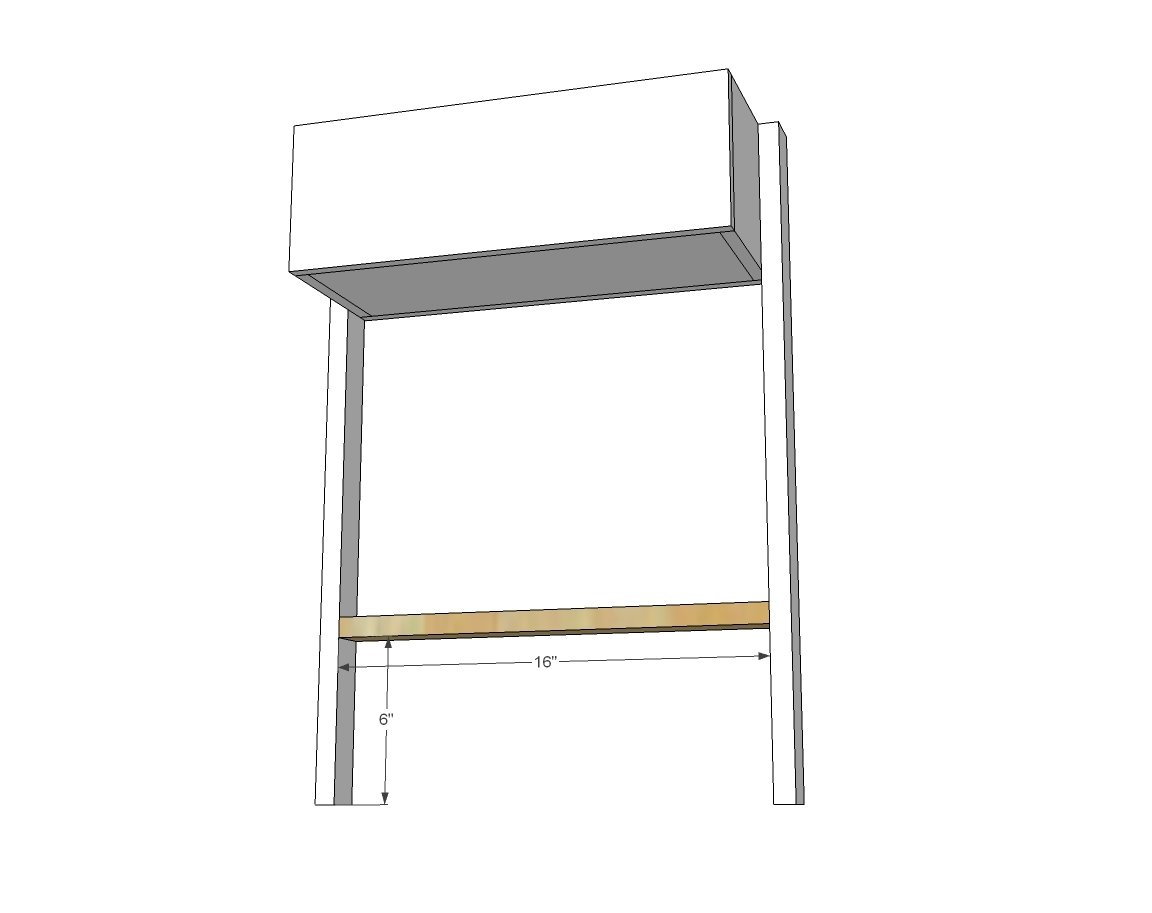
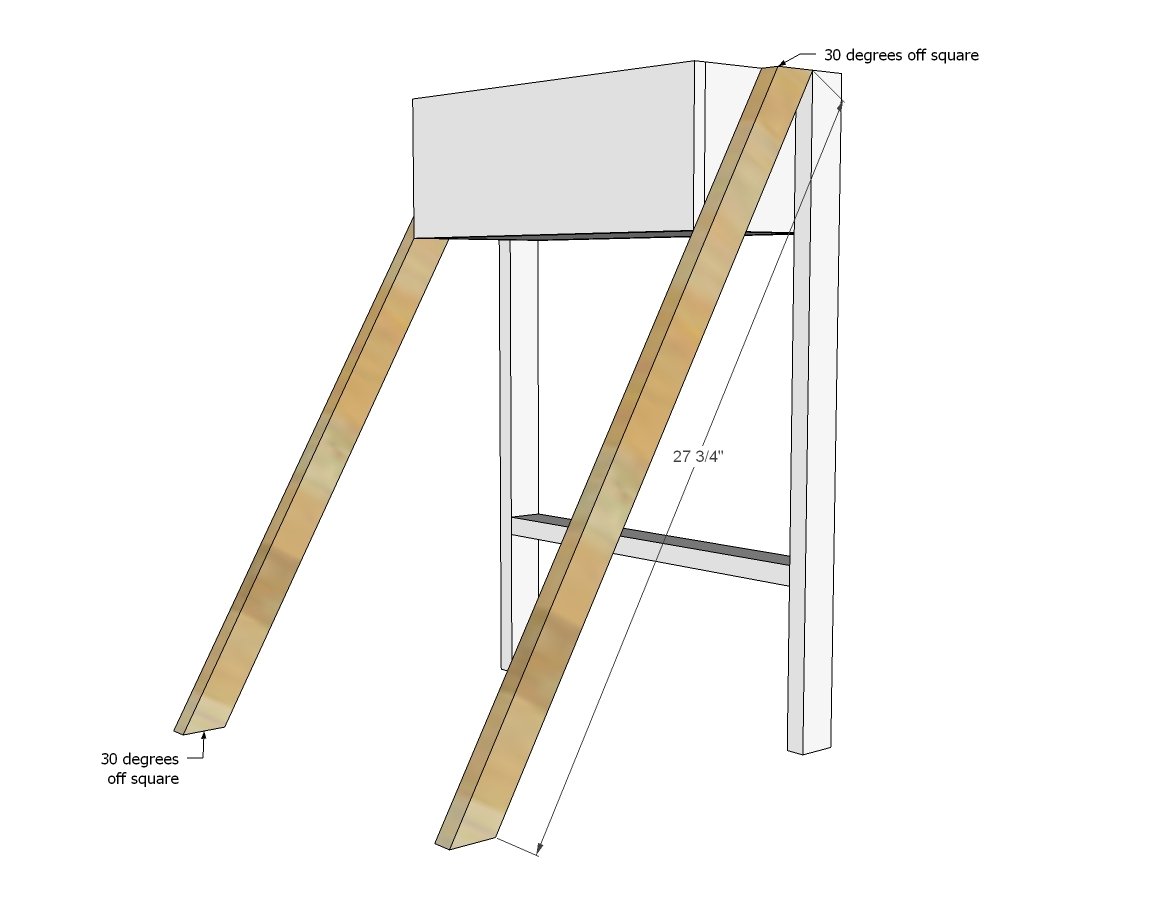
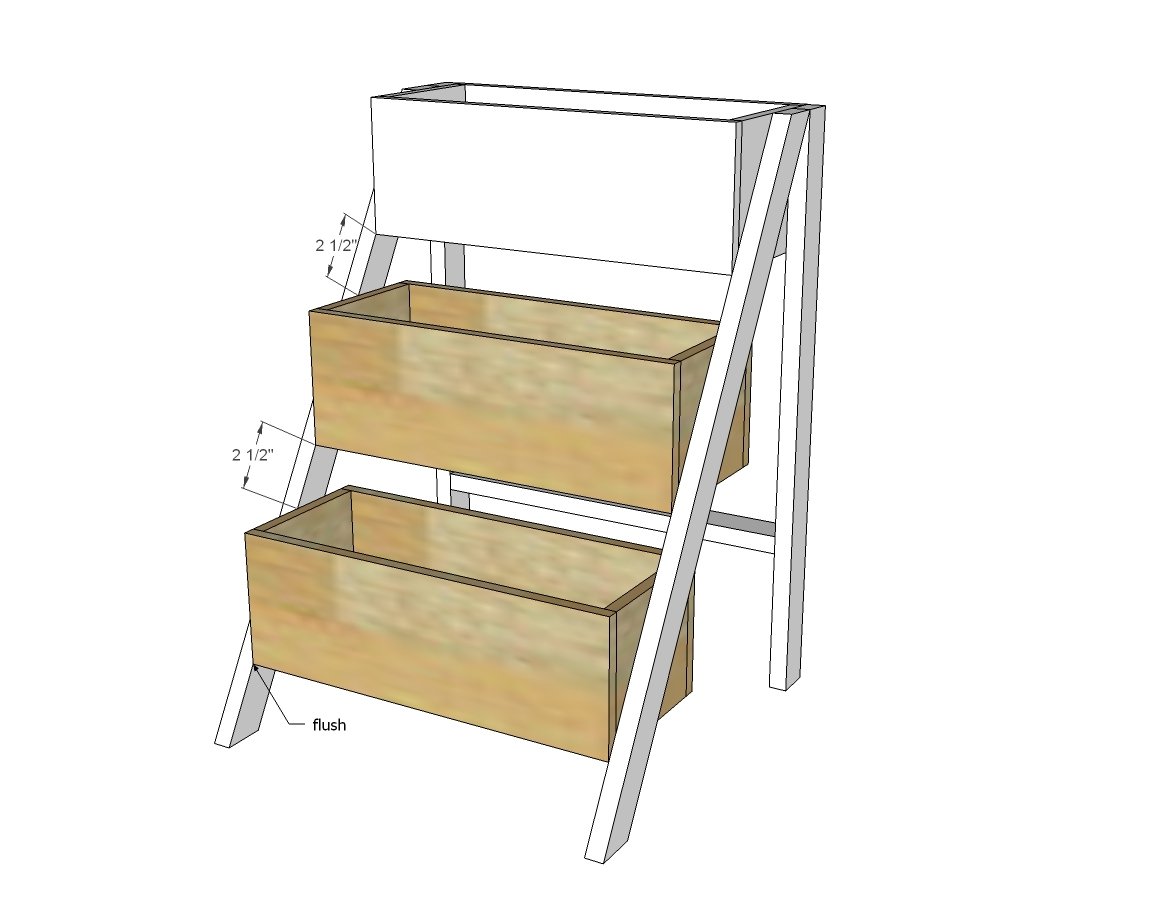
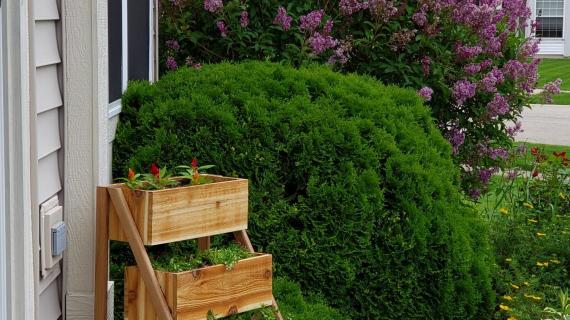
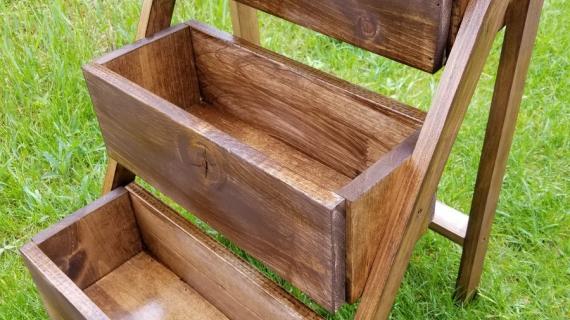

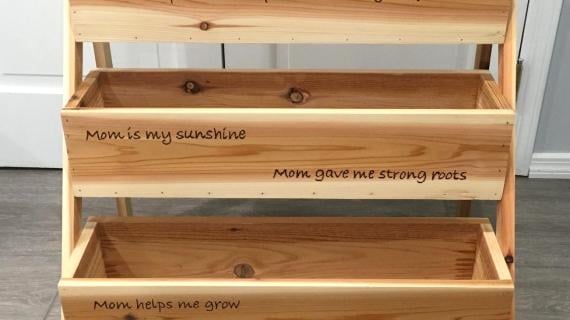
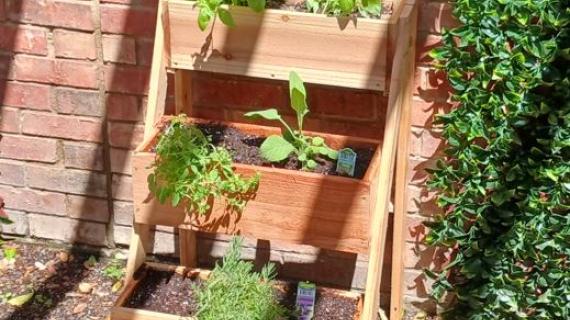
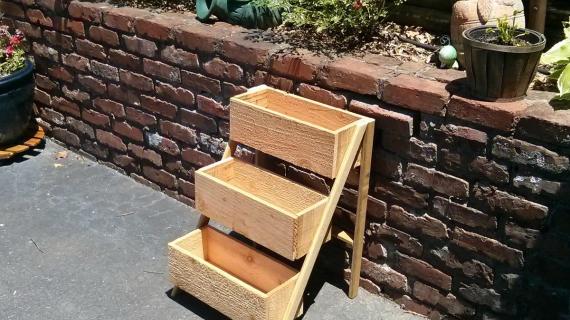
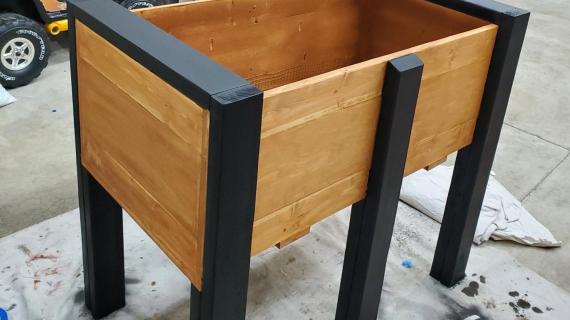
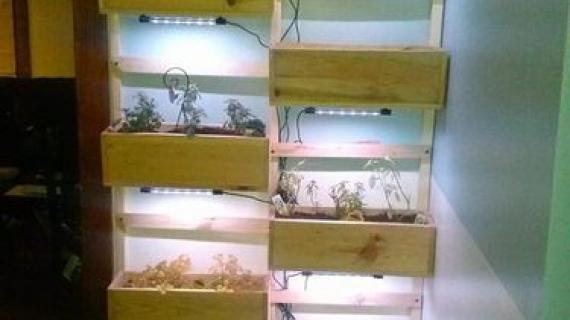
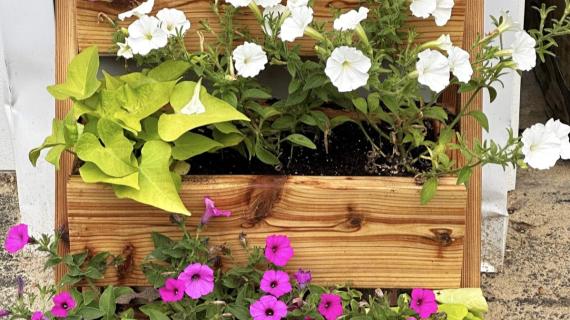
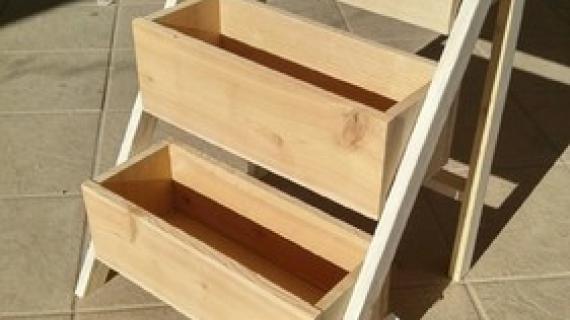

Comments
Kim559
Sat, 09/09/2017 - 14:32
Wood
What kind of wood did you use?
migerrits
Tue, 06/01/2021 - 07:04
Cedar.
Cedar.
HOWsMom
Wed, 05/27/2020 - 13:33
Just made the boxes, not the frame
We used the plans for these boxes without the frame, added wire and hung them from our fence !
Great little planters.
chicoquente
Fri, 07/24/2020 - 09:50
How did you prevent the…
How did you prevent the staples from rusting ?? I'm about to tackle this project but am not sure how to stop the staples from rusting if I do not plan to paint or seal, which it appears you did not do either.
Texasmom1994
Sat, 02/27/2021 - 10:21
Great project
This was so easy! I completed it while my husband stained one side of our footboard. I cant wait until I get some flowers in it!
Texasmom1994
Sat, 02/27/2021 - 10:21
Great project
This was so easy! I completed it while my husband stained one side of our footboard. I cant wait until I get some flowers in it!
kartsrae
Mon, 07/19/2021 - 19:03
awesome!
awesome!